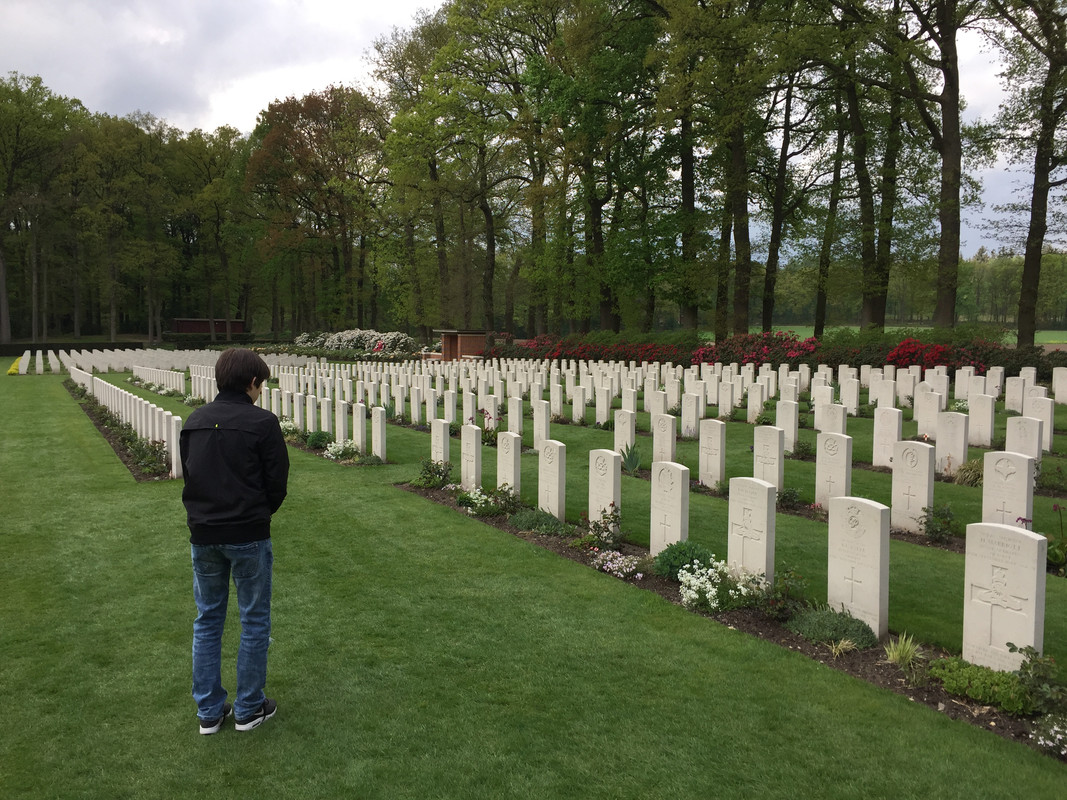
Originally Posted by
CriticalMass

For those interested, Anthony Beevor’s new book ‘Arnhem’ is out soon. On pre-order at Amazon.
He wrote what are pretty much the seminal works on Stalingrad and Berlin so this should be good.
Thanks for that...it's out on 17 May and is now on my books list.
It follows on from his books D-Day and Ardennes. I found an article about the latter that may be of interest (link):
...As we talk, it is clear that Beevor struggles with these issues. Outside academia, there are few people who are prepared to look unflinchingly at the less flattering parts of our behaviour – and certainly no one with Beevor’s large readership has. What’s more, it is one thing to state that such events happened – an admission that many historians have shied away from – but quite another to know how to react to them. The whole subject runs counter to our most cherished communal myths about British and American heroism and gallantry.
Beevor knows instinctively that he must tread carefully, neither condoning the revenge nor reaching for outright condemnation.
“I think what one should try to do is to leave the moral judgments up to the reader. There’s no use in being judgmental. Far from it; we can only speculate as to how we would react in the circumstances ourselves,” he says.
For the first time in our conversation, he displays a flicker of discomfort...











 Reply With Quote
Reply With Quote


